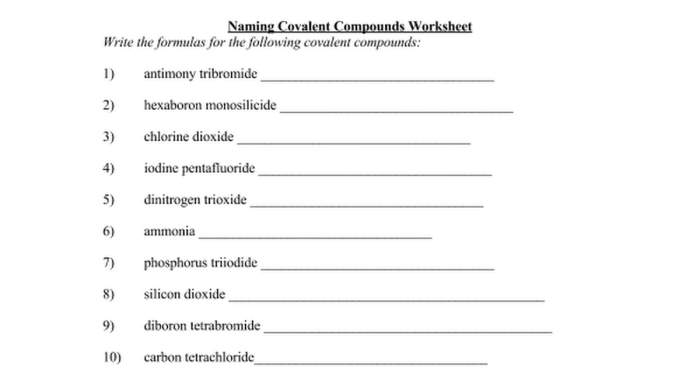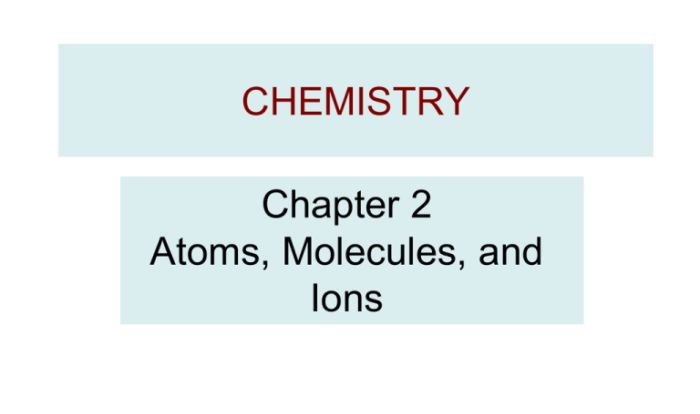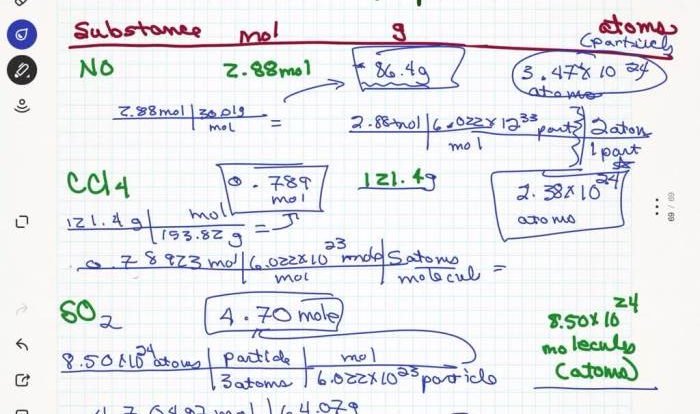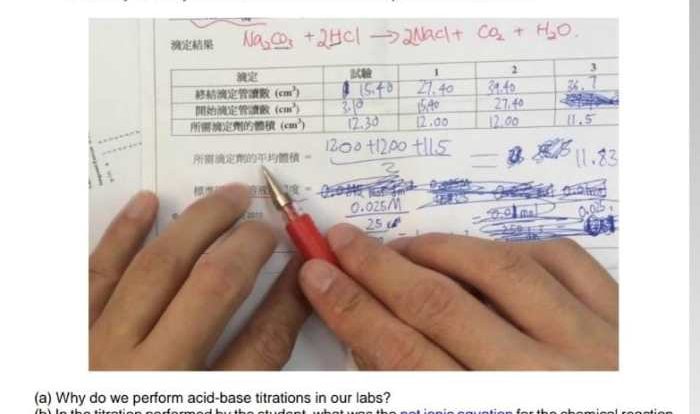Welcome to the ionic compounds names and formulas worksheet, your ultimate resource for understanding the fundamentals of ionic compound nomenclature and formula writing. This worksheet is meticulously crafted to provide a comprehensive overview of the topic, empowering you with the knowledge and skills to excel in your chemistry studies.
Delve into the fascinating world of ionic compounds as we explore their unique characteristics, delve into the intricacies of naming conventions, and master the art of formula writing. Prepare to embark on a journey of discovery that will enhance your understanding and deepen your appreciation for the captivating realm of chemistry.
Ionic Compounds
Ionic compounds are formed when a metal loses one or more electrons to a nonmetal. The resulting ions are attracted to each other by electrostatic forces, forming a crystal lattice.
Examples of ionic compounds include sodium chloride (NaCl), potassium iodide (KI), and calcium oxide (CaO).
Formation of Ionic Compounds
Ionic compounds are formed when a metal and a nonmetal react. The metal atom loses one or more electrons to the nonmetal atom, forming a positive ion (cation) and a negative ion (anion). The ions are then attracted to each other by electrostatic forces, forming a crystal lattice.
Naming Ionic Compounds
The name of an ionic compound is based on the names of the ions that make it up. The cation is named first, followed by the anion.
For example, the ionic compound NaCl is named sodium chloride. The cation is Na+ (sodium ion) and the anion is Cl- (chloride ion).
Rules for Naming Ionic Compounds
- The cation is named first, followed by the anion.
- The name of the cation is the same as the name of the metal.
- The name of the anion is the root of the name of the nonmetal, followed by the suffix “-ide”.
Examples of Ionic Compound Names and Formulas
| Ionic Compound | Formula |
|---|---|
| Sodium chloride | NaCl |
| Potassium iodide | KI |
| Calcium oxide | CaO |
| Magnesium fluoride | MgF2 |
| Aluminum oxide | Al2O3 |
Writing Formulas for Ionic Compounds
To write the formula for an ionic compound, you need to know the charges of the ions that make it up.
The charge of an ion is determined by the number of electrons that it has lost or gained. For example, a sodium ion has a charge of +1 because it has lost one electron. A chloride ion has a charge of -1 because it has gained one electron.
Rules for Writing Ionic Compound Formulas, Ionic compounds names and formulas worksheet
- The formula for an ionic compound is written as the cation followed by the anion.
- The charges of the ions must balance each other out. For example, the formula for sodium chloride is NaCl because the charge of the sodium ion (+1) balances out the charge of the chloride ion (-1).
Examples of Ionic Compound Formulas and Names
| Ionic Compound | Formula |
|---|---|
| Sodium chloride | NaCl |
| Potassium iodide | KI |
| Calcium oxide | CaO |
| Magnesium fluoride | MgF2 |
| Aluminum oxide | Al2O3 |
Q&A: Ionic Compounds Names And Formulas Worksheet
What are ionic compounds?
Ionic compounds are chemical compounds formed by the electrostatic attraction between positively charged ions (cations) and negatively charged ions (anions).
How do I name ionic compounds?
To name ionic compounds, you must first identify the cation and anion present. The cation is named first, followed by the anion. The name of the cation is typically the same as the element name, while the name of the anion is derived from the root of the element name and ends in “-ide.”
How do I write formulas for ionic compounds?
To write formulas for ionic compounds, you must first determine the charges of the ions involved. The formula is then written as a combination of the cation and anion symbols, with subscripts used to balance the charges.



